On this day (September 25) in 1925, Martin Robinson was born in Glendale, Arizona. Robinson learned to play guitar while serving in the United States Navy during World War II. By 1952, he had his first No. 1 on the country charts. He’d send ten more singles to the top before his decades-long career came to an end. When Marty Robbins wasn’t recording iconic songs like “El Paso” and “Big Iron,” he was behind the wheel of a stock car. He competed in 35 races and had six top ten finishes.
Videos by American Songwriter
Robbins left home in 1942, at the age of 17, to join the United States Navy and was sent to the Pacific theater. While stationed in the Solomon Islands, he taught himself to play guitar and write songs. After the war, he returned to Arizona, where he would play clubs in the Phoenix area. By the early 1950s, he became the host of a local radio show, which led to a television hosting position. Little Jimmy Dickens was a guest on that show and was so impressed with Robbins that he helped him land a deal with Columbia Records.
Marty Robbins: A Modern Singing Cowboy
Today, Marty Robbins is best known for songs from his 1959 album Gunfighter Ballads and Trail Songs. “El Paso” and “Big Iron” remain popular decades after their release and have introduced him to generations of fans. His catalog holds so much more, though. He moved effortlessly between his cowboy songs, pop-leaning arrangements, rockabilly, and smooth country ballads. At the time, he walked the line between classic and modern country. However, his voice and stagewear were nods to the classic singing cowboys. More specifically, Gene Autry.
According to Biography, Robbins worked in cotton fields before school to earn enough money to see every new Gene Autry film that came to his local theater. There, he would sit, as he put it, “close enough so I could have gotten sand in the eyes from the horses and powder burns from the guns.” He added, “I wanted to be the cowboy singer, simply because Autry was my favorite singer. No one else inspired me.”
Robbins released his debut single, “I’ll Go on Alone,” in October 1952, and it topped the country chart. A few months later, in January 1953, he became a member of the Grand Ole Opry. His appearances on the show helped bolster his career and expedite his rise to stardom.
A Sad Story Brings Major Success
Marty Robbins had several hits throughout the 1950s. He released a total of nine top 10 hits, sending four of those all the way to No. 1. However, it was the enduring hit, “El Paso,” that brought him mainstream success. He had charted on the Hot 100 several times throughout the decade. “A White Sport Coat” peaked at No. 2 in 1957, giving him the only top 10 hit on the tally. Then, “El Paso” gave him his first No. 1 in 1959. It topped the all-genre chart for two weeks and spent seven weeks at No. 1 on the country chart.
He continued releasing hits for decades. The 1960s saw him release “Ruby Ann,” “Devil Woman,” “Begging to You,” and “Tonight Carmen,” all of which went to No.1. In the 1970s, Robbins released huge hits like “My Woman, My Woman, My Wife” and “El Paso City,” the sequel to his 1959 crossover smash. He scored his final hit in 1982 when “Some Memories Just Won’t Die” peaked at No. 10 on the country chart.
Marty Robbins: NASCAR Racer
Marty Robbins wasn’t content to be one of the biggest country stars of his era. He was also an avid racing fan. And, when his recording career gave him the ability to afford to do so, he started racing. He raced micro-midgets in the 1950s, then moved up to racing at the Nashville Speedway. In 1966, he ran his first NASCAR race, the Nashville 400.
He competed in 35 races over the course of 13 years. He placed in the top ten 6 times and had one top-five finish. Cotton Owens built and maintained all of his cars throughout his racing career. While he never finished first, he did save a life on the track.
A Legend and a Hero
According to Cotton Owens Garage, Robbins may have saved Richard Childress’ life during the 1974 Charlotte 500. Childress had spun out, and his car was sideways on the track. Robbins, driving at more than 150mph, had two choices. He could t-bone Childress or drive his car into the wall. Robbins chose the wall in a move that Childress would later say saved his life. He sustained two broken ribs, his tailbone, and needed 37 stitches in his face.
The act earned deep respect from other racers, and the injuries didn’t keep him off the track. His final race was the 1982 Atlanta Journal 500, where he placed 33rd. The race took place on November 7, 1982, two months after “Some Memories Just Won’t Die” peaked at No. 1 on the country chart.
Marty Robbins died after having his third heart attack, almost exactly a month after his final race, on December 8. He was 57 years old.
He continues to garner millions of monthly listeners on Spotify, where his classic songs have garnered hundreds of millions of streams, proving that, like memories, some legends never truly die.
Featured Image by Robert Alexander/Getty Images

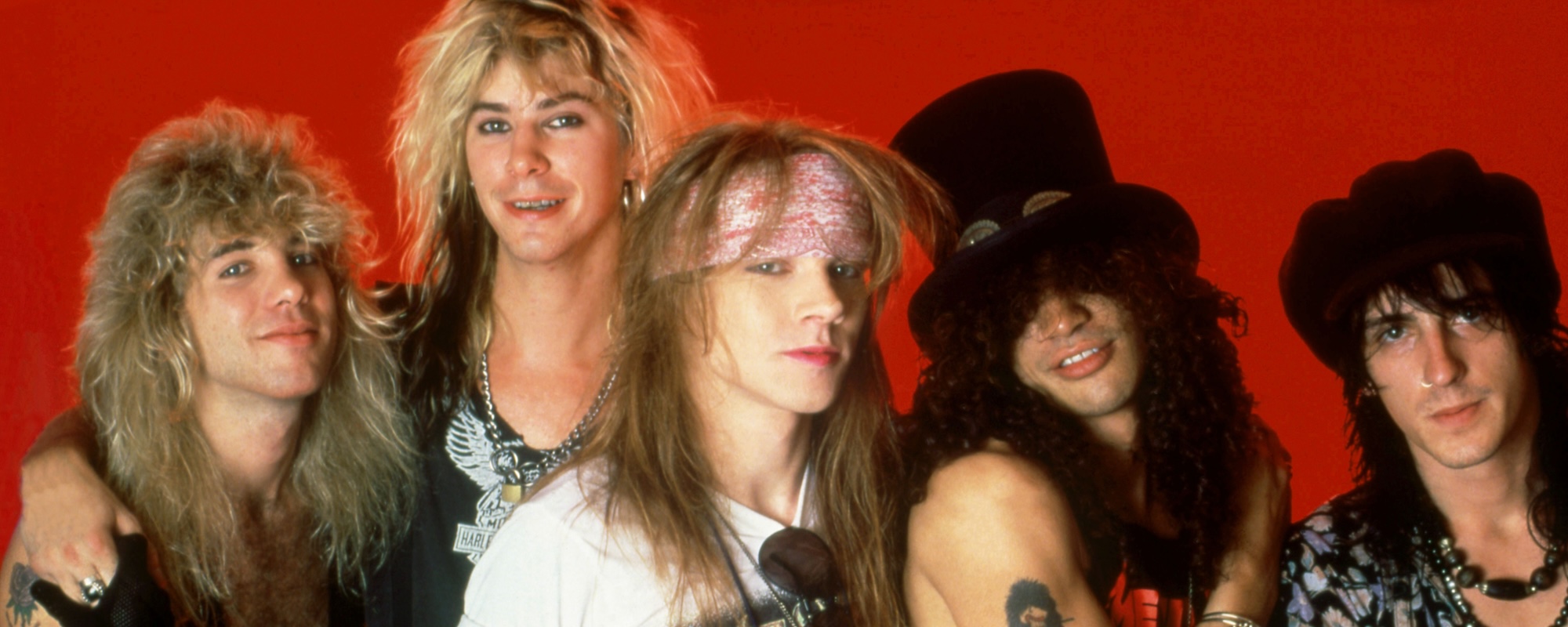


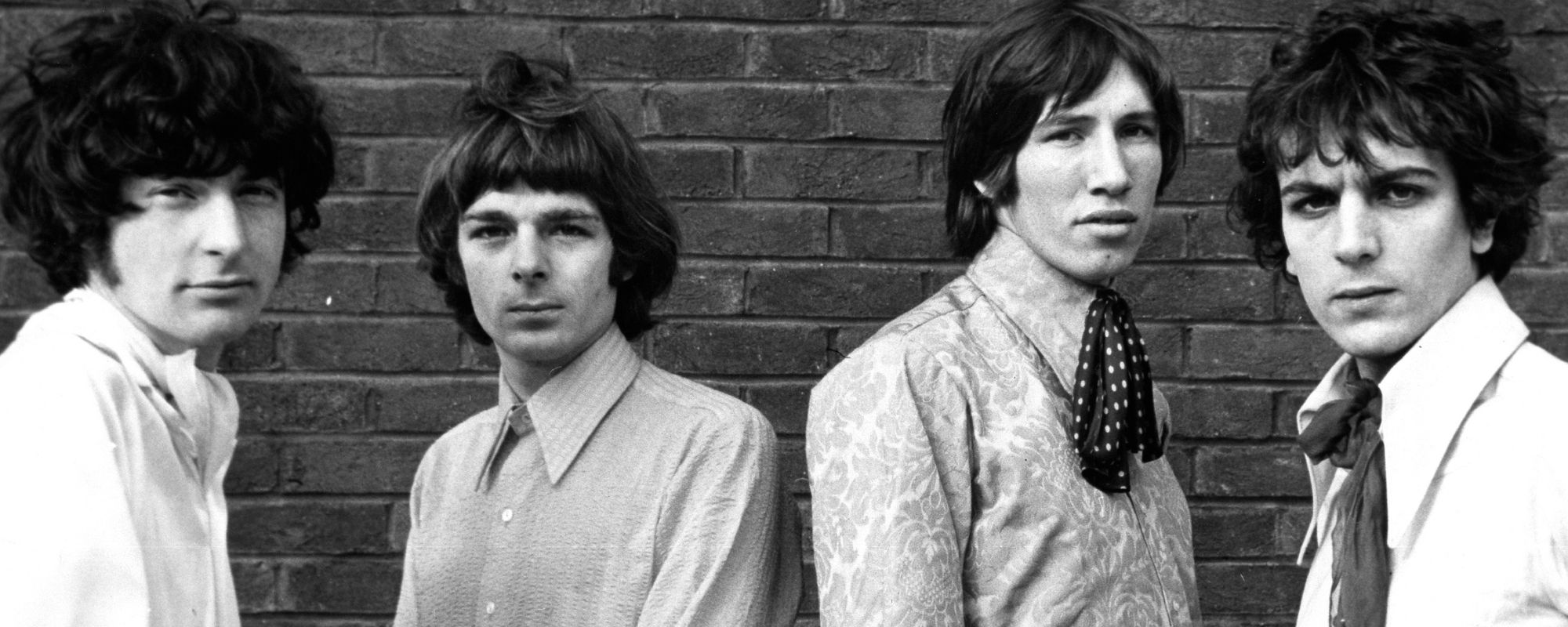
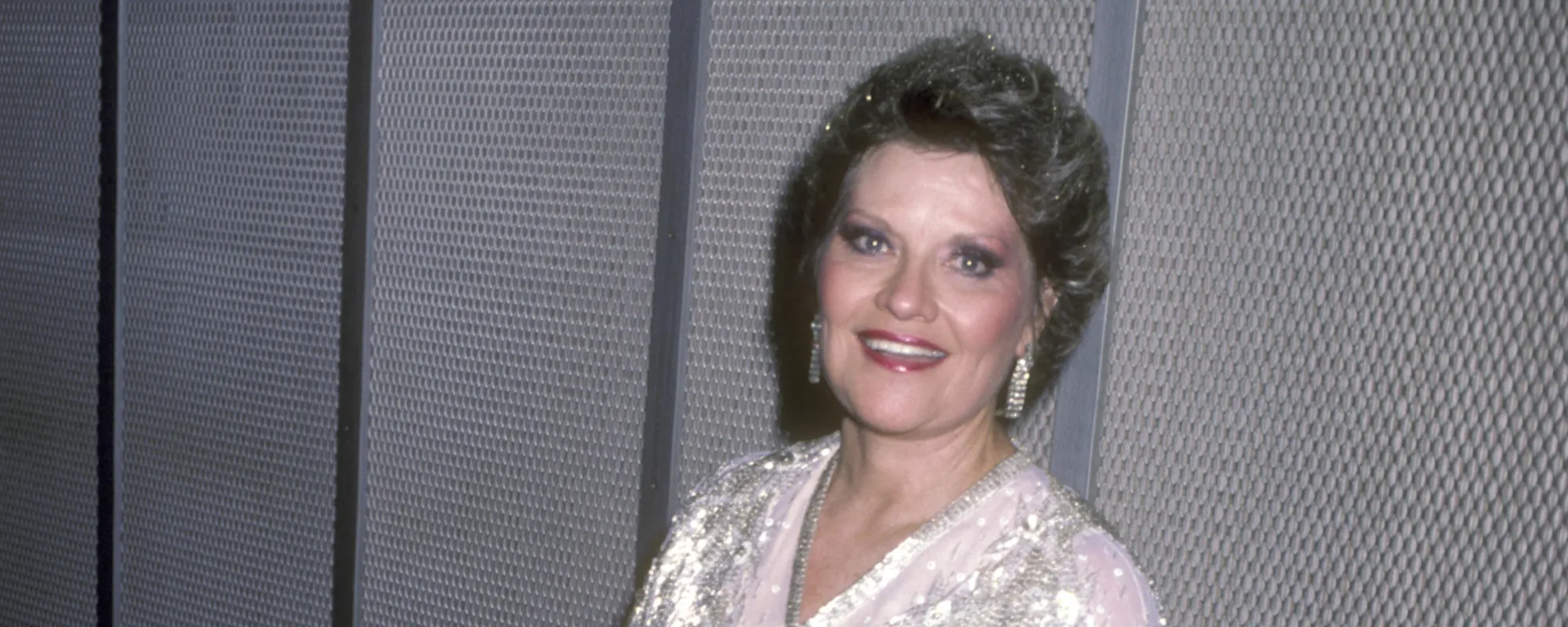
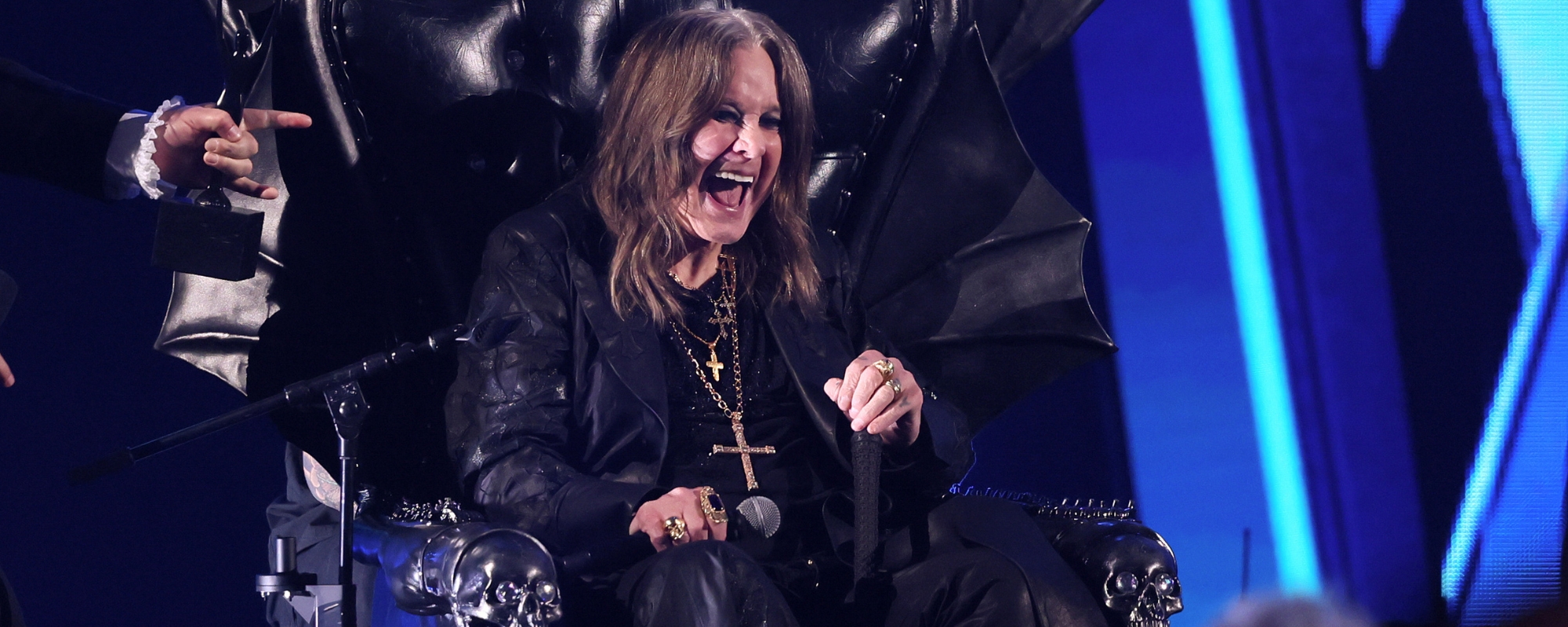
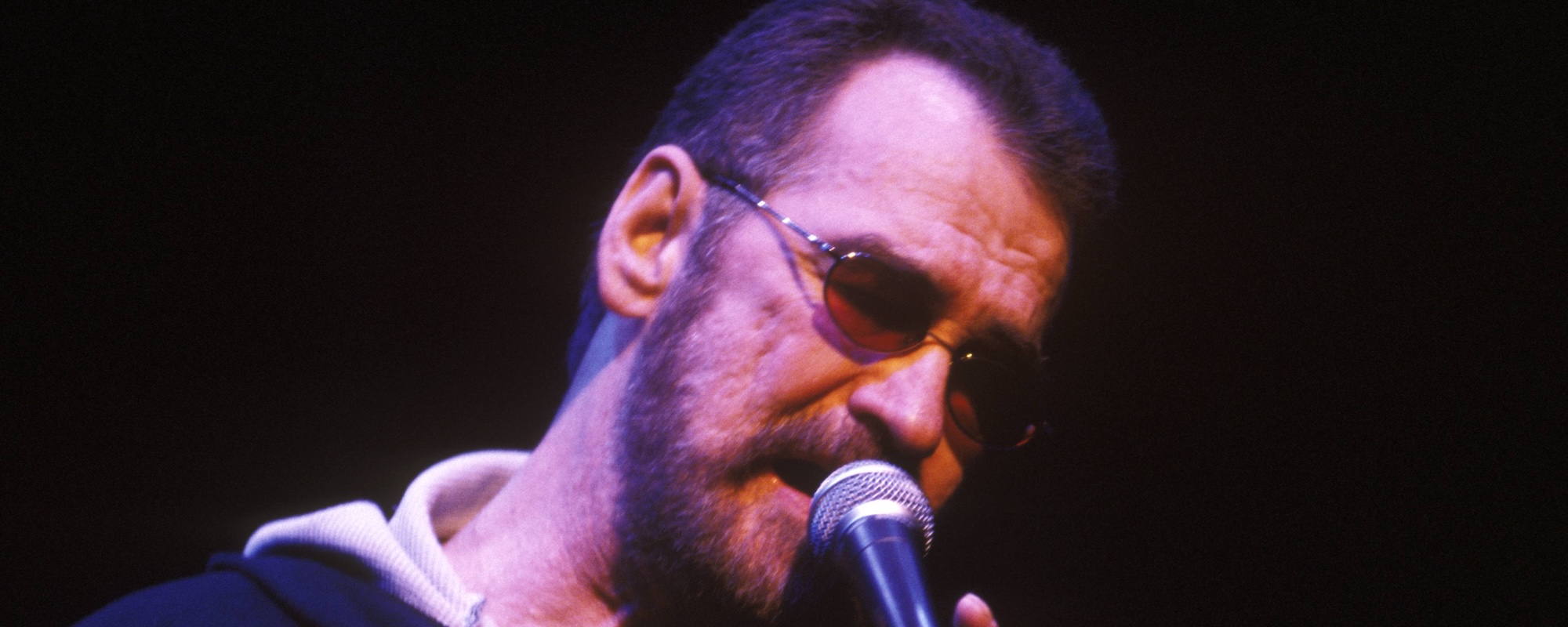
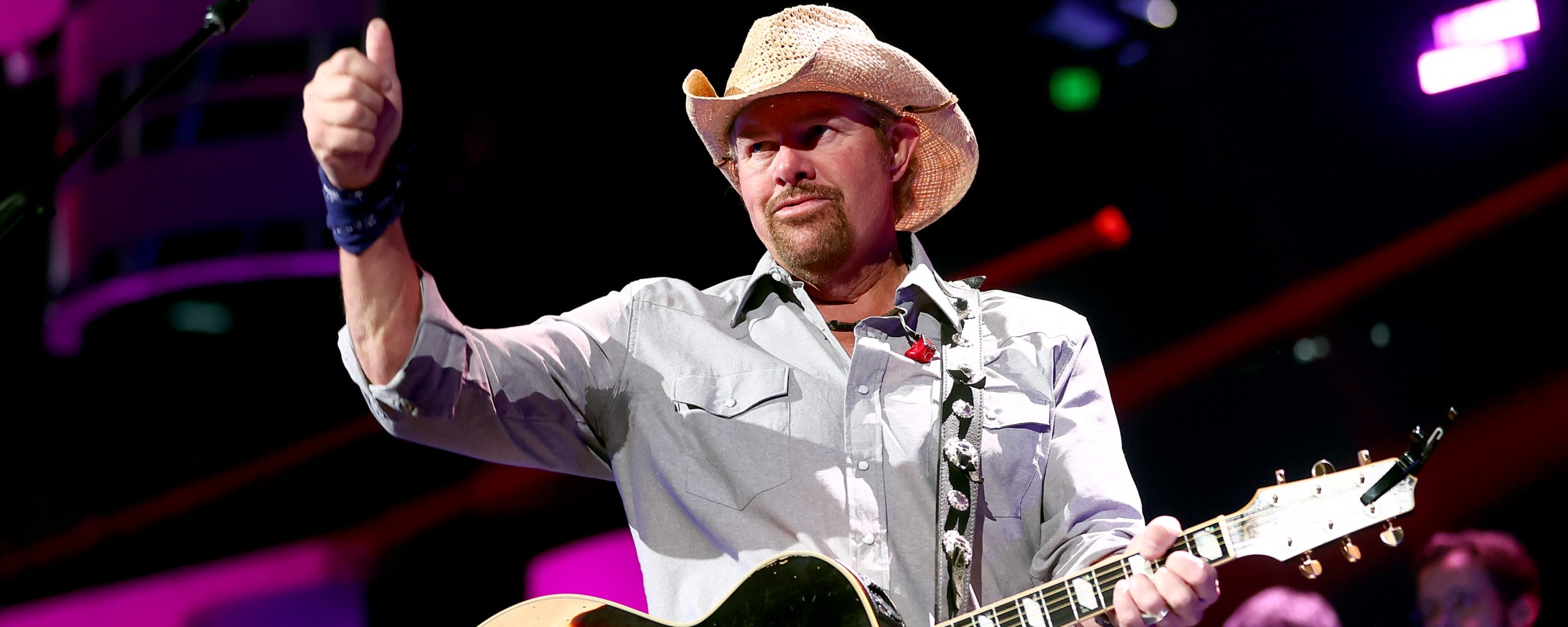
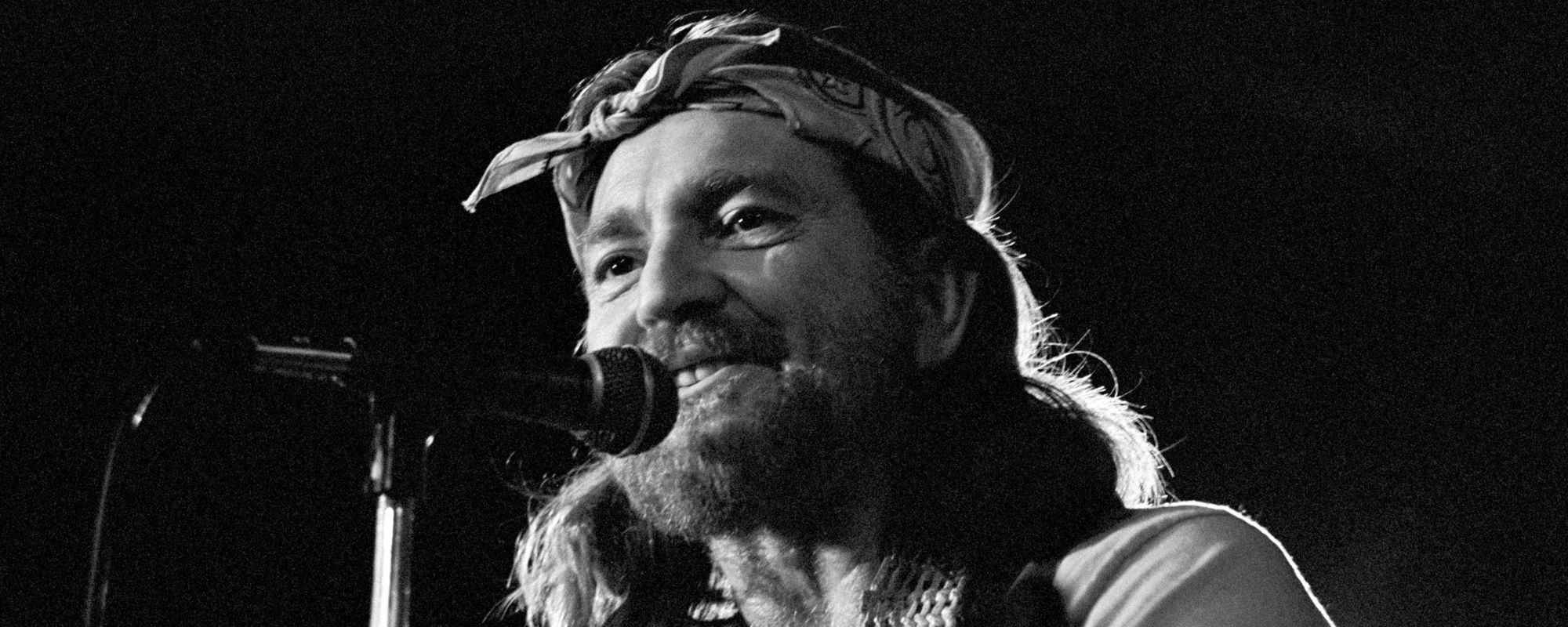


Leave a Reply
Only members can comment. Become a member. Already a member? Log in.